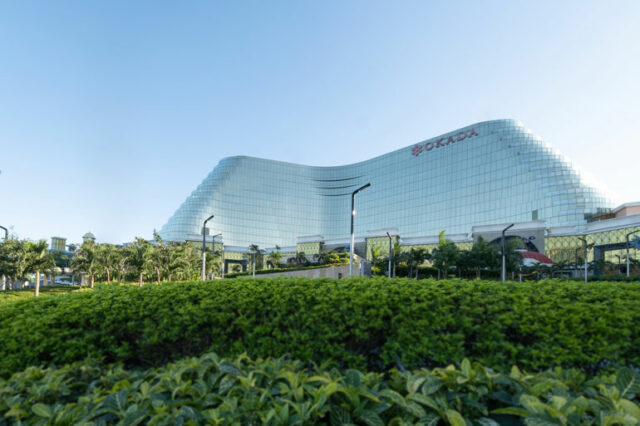By Luisa Maria Jacinta C. Jocson, Reporter
THE PHILIPPINE central bank should keep interest rates higher for longer until inflation fully returns to target, the International Monetary Fund (IMF) said.
This comes after the Executive Board of the IMF concluded its 2023 Article IV Consultation with the Philippines.
“Directors agreed that monetary policy has been tightened appropriately to anchor inflation expectations. They emphasized the need to maintain a restrictive policy stance until inflation fully returns to target and to remain ready to tighten further should upside risks to inflation materialize,” the IMF said in a Dec. 15 statement.
The Monetary Board last week kept rates steady at a 16-year high 6.5% for a second straight meeting, after a 25-basis-point (bp) off-cycle hike on Oct. 26.
From May 2022 to October 2023, the BSP raised borrowing costs by a cumulative 450 bps.
“The Bangko Sentral ng Pilipinas (BSP) should stand ready to raise interest rates further should upside risks continue to materialize and maintain a higher-for-longer policy rate path until inflation firmly falls within the target range,” the IMF said in a staff report.
“The BSP should remain vigilant to surges in commodity prices and potential second-round effects,” it added.
The IMF raised its inflation outlook for the Philippines to 3.7% for next year, slightly higher than the 3.5% projection it gave in October.
This would be in line with the BSP’s 3.7% full-year forecast for 2024 and still within its 2-4% target range.
“Inflation is projected to gradually approach the target in early 2024, though recurrent supply shocks cloud the disinflation trajectory,” the IMF said.
The multilateral lender also kept its inflation projection at 6% this year, matching the BSP’s forecast. In the first 11 months of the year, headline inflation averaged 6.2%.
The IMF said that risks to the inflation outlook are “firmly tilted” to the upside.
“Global oil prices have moved up and a prolonged elevation could result in inflationary pressure, particularly in the transportation and electricity sectors where petitions for price rises have increased. Higher global or domestic food prices, particularly rice due to potential typhoons affecting the harvest, the El Niño weather phenomenon, or export bans by rice-exporting countries could exert renewed price pressures,” it said.
The risks of second-round effects continue amid political pressure to further hike the daily minimum wage, the IMF said.
To relieve price pressures, the IMF recommended measures such as cutting tariffs on imports.
The National Economic and Development Authority Board last week approved a proposed executive order that would extend the reduced most favored nation tariff rates on several commodities, including rice, pork, and corn until Dec. 31, 2024.
GROWTH TO BOTTOM OUT
Meanwhile, the IMF retained its Philippine gross domestic product (GDP) forecasts at 5.3% this year and 6% next year.
“Growth is expected to bottom out in 2023. Real GDP growth is expected to bounce back in the second half of 2023 and reach 6% in 2024, supported by an acceleration in public investment and improved external demand for the Philippines’ exports,” the IMF said.
“The government’s infrastructure program, opening up of sectors to greater foreign investment, and private sector participation through PPP (public-private partnership) modalities will gradually crowd in private investment and help realize a growth potential of about 6-6.5% over the medium term,” it added.
Philippine GDP growth averaged 5.5% in the first nine months of the year, still below the government’s 6-7% target.
The Development Budget Coordination Committee on Friday narrowed its GDP growth assumption for 2024 to 6.5-7.5% from 6.5-8%.
END OF TIGHTENING
Meanwhile, analysts said that the BSP is unlikely to deliver any more rate hikes next year as inflation is expected to continue on its easing downtrend.
“We now expect no more rate hikes. The BSP appears satisfied with latest indicators on inflation expectations, while easing of headline and core inflation rates in October to November also offer comfort, even amidst sustained robust domestic demand,” Citi Economist for the Philippines Nalin Chutchotitham said in a note.
Inflation eased to 4.1% in November, the slowest in 20 months.
Citi expects the BSP to maintain its 6.5% benchmark rate through the first half of next year before cutting rates by the third quarter.
“The BSP continues to cite that it would need to see continued decline of inflation to be more confident that inflation is properly under control, and hence maintaining a hawkish tone. In any case, it seems to assess that it can afford to wait for past monetary tightening and the government’s non-monetary measures to work through the economy and aid in the disinflation process,” Ms. Chutchotitham added.
HSBC Global Research also sees the easing cycle to begin by the third quarter next year.
“We expect the BSP to start with a modest 25-bp cut and then follow the Fed’s pace, cutting by 25 bps in each quarter until the BSP rate normalizes to 5% by 2025,” HSBC Association of Southeast Asian Nations (ASEAN) economist Aris Dacanay said in a note.
China Banking Corp. Chief Economist Domini S. Velasquez said she expects “limited action” from the BSP in the first half of the year.
“However, it is important to note that domestic inflation in 2024 is still expected to surpass the 4% target from April to July, which suggests that the BSP will likely maintain its policy rate at 6.5%, at least in the first half of 2024, to manage inflationary pressures effectively,” she said in a Viber message.
Sumitomo Mitsui Banking Corp. economist Ryota Abe said in a note that if inflation and inflation expectations decrease further, this could signal the start of rate cuts.
“Although inflation concerns prevail, I believe BSP has started to consider cutting rates in 2024,” he added.
On the other hand, ANZ Research Chief Economist Sanjay Mathur and economist Debalika Sarkar said that they do not forecast any rate cuts next year.
“We believe that the BSP’s tightening cycle is already over. Considering the inflation risks, we do not see any case for rate cuts in 2024. Our 2024 end year policy rate forecast stands at 6.5%,” they said in a note.


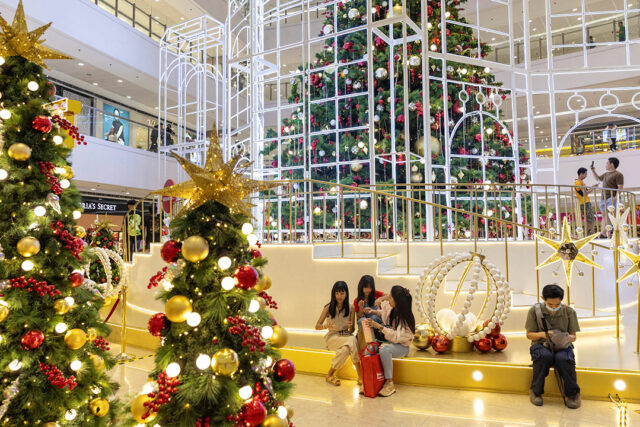
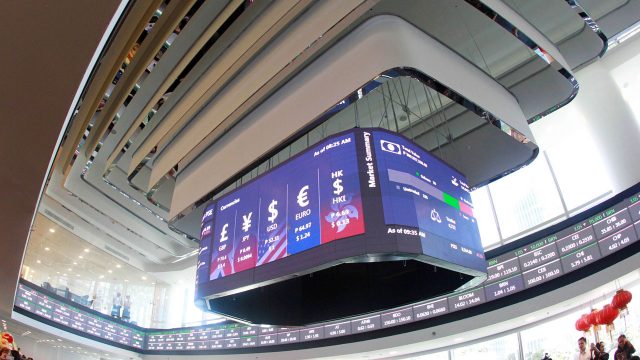

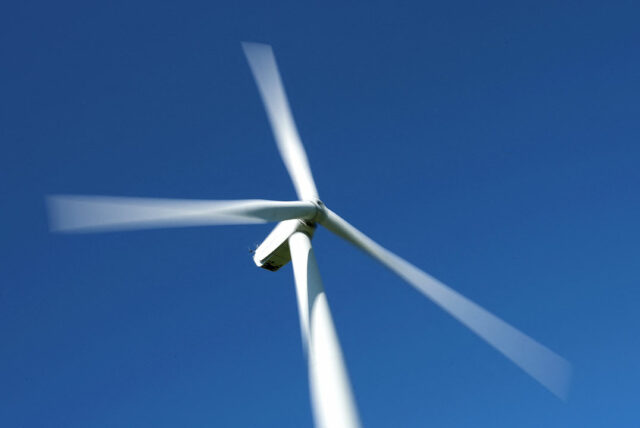
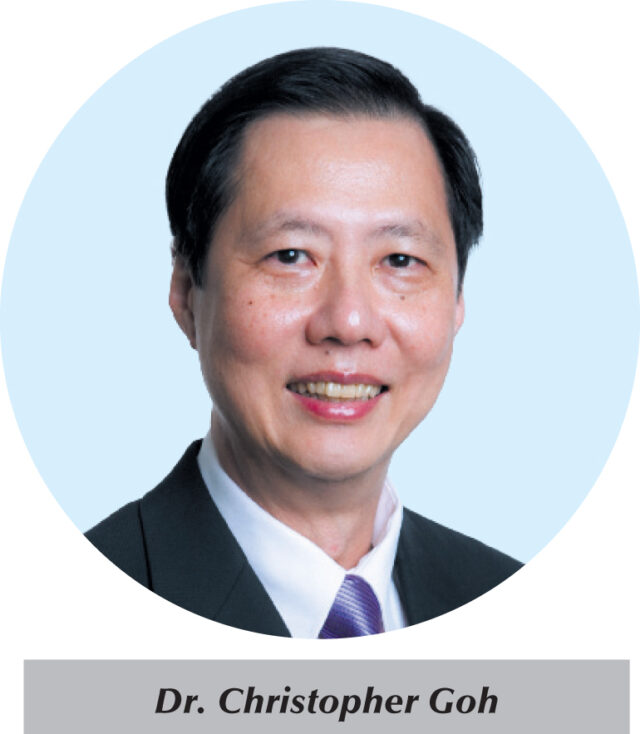
 For inquiries, please contact Mount Elizabeth Hospital’s patient assistance center located at G/F-B Marco Polo Hotel, Meralco Avenue and Sapphire Street, Ortigas Center, Pasig City 1600; e-mail manila.ph@ihhhealthcare.com or call 0917-526-7576. Follow them at
For inquiries, please contact Mount Elizabeth Hospital’s patient assistance center located at G/F-B Marco Polo Hotel, Meralco Avenue and Sapphire Street, Ortigas Center, Pasig City 1600; e-mail manila.ph@ihhhealthcare.com or call 0917-526-7576. Follow them at 


